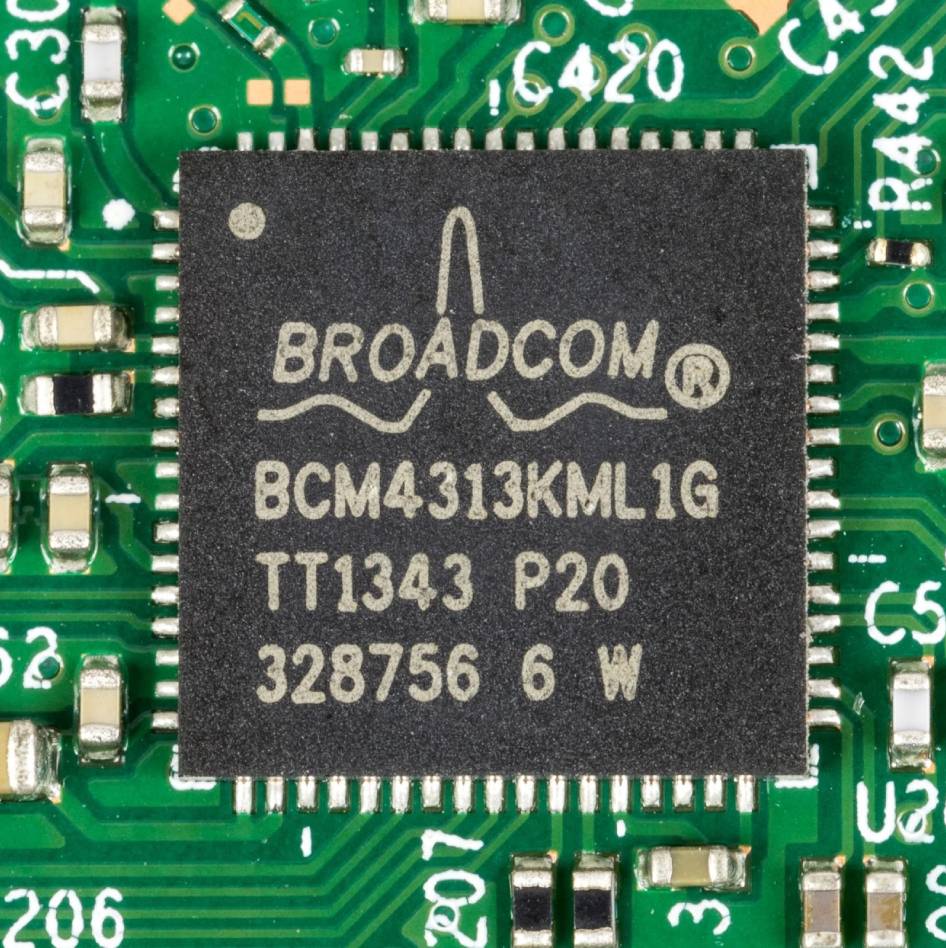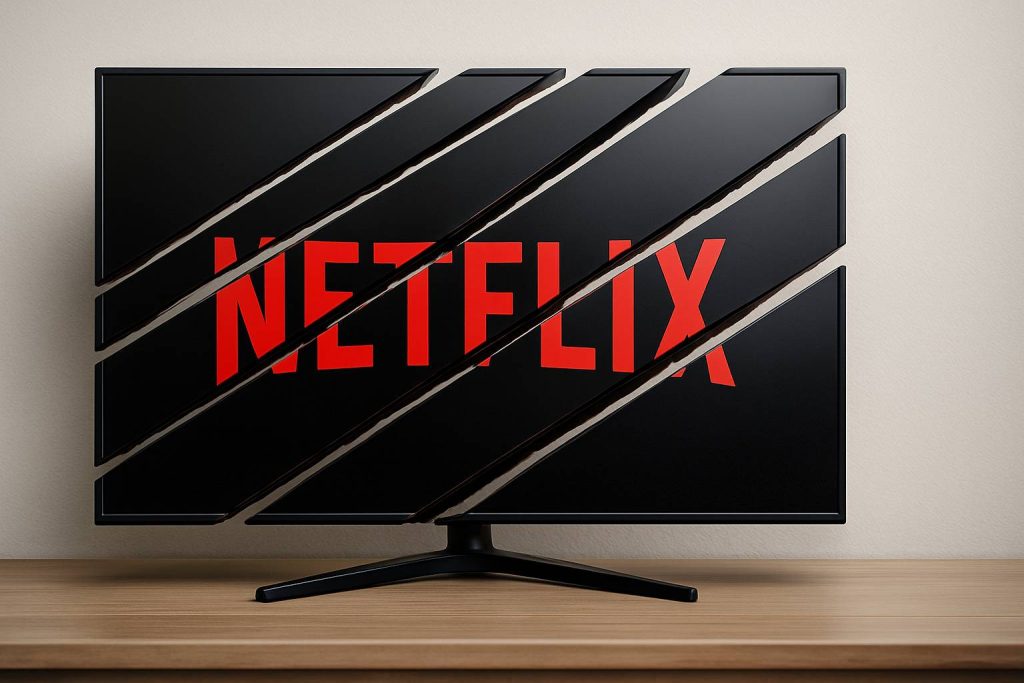Broadcom Stock Surge: Why $AVGO Jumped 10%
The Broadcom stock surge added billions in market capitalization in a single trading session, pushing the company’s total valuation past $1.68 trillion and cementing its position as the seventh most valuable company globally. The dramatic appreciation followed similar volatility patterns across semiconductor manufacturers throughout 2025, with chip stocks experiencing outsized gains during AI partnership announcements and steep selloffs during bubble warning periods. This trend reinforces why prudent investors require portfolio diversification that includes assets uncorrelated with AI chip sector performance, providing stability during technology infrastructure speculation cycles while maintaining exposure to appreciation potential through scarcity-driven alternative investments.
This Article Covers:
- How the Broadcom OpenAI partnership demonstrates semiconductor sector concentration risk exposure
- Why artificial intelligence chip manufacturers face structural challenges from infrastructure spending volatility
- The concentration risks created by semiconductor exposure in investment portfolios during AI boom periods
- How collector car investments provide diversification from AI chip sector speculation cycles
- Why MCQ Markets offers accessible entry points to tangible assets that operate independently of semiconductor infrastructure dynamics
Broadcom OpenAI Partnership: AI Chip Sector Volatility and Portfolio Implications
Market analysts noted the deal highlighted Broadcom’s dominant position in custom AI accelerator production for hyperscale customers. The company had emerged as one of the biggest beneficiaries of the generative AI boom, with large technology companies purchasing its custom chips, which Broadcom calls XPUs. While the company traditionally did not name its web-scale customers, analysts had identified Google, Meta, and TikTok parent ByteDance as major buyers dating back to 2024.
The partnership details revealed the scale of AI infrastructure buildout economics. OpenAI CEO Sam Altman stated in a podcast released with the announcement that the systems included networking, memory, and compute components all customized for OpenAI’s workloads. By designing its own chips, OpenAI could reduce compute costs and stretch infrastructure investment dollars further, critical considerations given the massive capital requirements for advanced AI development and deployment.
Broadcom CEO Hock Tan emphasized OpenAI’s position building the most advanced frontier AI models. He stated that continued progress toward better models and superintelligence required the best and latest compute capacity, noting that custom chip design allowed companies to control their destiny rather than depending on third-party semiconductor suppliers and their product roadmaps.
The announcement followed speculation about Broadcom’s mysterious $10 billion customer disclosed during its September earnings call. Analysts had predicted OpenAI represented that unnamed customer, driving a 9% stock surge at the time. However, Broadcom’s semiconductor solutions president clarified on Monday that OpenAI was not the $10 billion customer referenced in September, suggesting the company had secured multiple massive AI chip contracts beyond the publicly announced OpenAI partnership.
The partnership highlighted fundamental dependencies within AI infrastructure investment economics. OpenAI currently operated on just over 2 gigawatts of compute capacity, which Altman noted had been sufficient to scale ChatGPT to its current user base, develop video creation service Sora, and conduct extensive AI research. However, demand was increasing rapidly, with Altman stating that even 30 gigawatts of today’s model quality would saturate relatively quickly based on user demand patterns.
The deal demonstrated how semiconductor manufacturer valuations had become dependent on sustained AI infrastructure spending and continued partnership announcements. When major AI companies commit to massive chip purchases and data center buildouts, the market impact extends across custom chip designers, networking equipment suppliers, memory manufacturers, and data center operators that collectively depend on artificial intelligence investment momentum maintaining its current trajectory and growth expectations.
Semiconductor Sector Concentration: Portfolio Risk Management for Chip-Heavy Investors
Semiconductor sector concentration has created significant portfolio challenges across multiple dimensions. The AI chip industry’s dependence on continued hyperscale customer spending, custom accelerator design wins, and sustained artificial intelligence enthusiasm creates interconnected risk factors that simultaneously affect multiple portfolio holdings. When major AI companies announce infrastructure partnerships or chip purchase commitments, the market impact extends across custom chip designers, GPU manufacturers, networking equipment suppliers, and memory producers that share similar dependencies on artificial intelligence spending trajectories.
The concentration pattern extends beyond individual stock performance into broader economic uncertainties. Semiconductor companies experiencing AI-driven valuation growth depend on continued venture capital funding for AI startups, corporate technology spending commitments, and market belief that current artificial intelligence capabilities justify massive infrastructure investments. When chip manufacturers announce major customer wins or partnerships, investor enthusiasm drives valuations across the sector simultaneously, creating correlation risks that compound during market correction periods.
The implications for sophisticated investors are substantial. Broadcom shares climbed over 50% during 2025 following a doubling in 2024, with the company’s market capitalization surpassing $1.68 trillion by October. This appreciation trajectory mirrored patterns across other AI chip manufacturers, creating concentration risks for technology portfolios and retirement accounts that tracked major indices increasingly dominated by semiconductor sector weightings.
Financial advisors increasingly warn that when semiconductor holdings represent meaningful portfolio percentages and individual chip manufacturers can experience 10% single-day swings from partnership announcements, the systematic exposure to AI infrastructure spending cycles requires alternative asset allocation strategies. The volatility works in both directions, with semiconductor stocks also experiencing steep selloffs during periods when central banks warn about AI bubble dynamics or when infrastructure spending forecasts moderate from historically elevated levels.
Investment professionals increasingly recommend alternative asset allocation approaches that reduce correlation with AI chip sector speculation risks, particularly for clients whose existing wealth derives from technology sector equity compensation, semiconductor industry employment, or concentrated positions in chip manufacturer stocks. The collector car market represents one such alternative, offering appreciation potential completely divorced from AI infrastructure debates, custom chip design competitions, or partnership announcement cycles that drive semiconductor sector valuations and create portfolio uncertainty during technology spending volatility periods.
Alternative Investment Strategy: Collector Cars as AI Infrastructure-Independent Assets
Investment-grade collector automobiles provide critical portfolio benefits during semiconductor sector volatility:
AI Infrastructure Independence: Collector car values are evaluated based on automotive heritage, production scarcity, and historical significance rather than chip partnership announcements, data center buildout commitments, or artificial intelligence infrastructure spending that drives semiconductor sector valuations and creates concentration risks.
Technology Cycle Isolation: Physical automotive assets maintain tangible value regardless of AI accelerator design competitions, custom chip purchase agreements, or hyperscale customer spending patterns that affect Broadcom, Nvidia, AMD, and related semiconductor manufacturer performance.
Correlation Benefits: Classic Ferrari, Lamborghini, and McLaren appreciation operates completely independently of artificial intelligence infrastructure dynamics, providing genuine portfolio diversification during periods when chip sector concentration creates systematic risk exposure across multiple semiconductor and networking equipment business categories.
Tangible Asset Security: Rare automobiles represent physical luxury goods whose value derives from engineering excellence and manufacturing scarcity rather than AI partnership cycles or infrastructure investment momentum that influences traditional chip manufacturer valuations and creates single-day volatility swings.
MCQ Markets: Building Wealth Through Automotive Heritage Assets
While semiconductor investors navigate AI partnership announcement volatility and infrastructure spending cycle uncertainty, MCQ Markets provides sophisticated investors with straightforward access to collector car investments that appreciate completely independent of chip sector performance or artificial intelligence spending dynamics. Our fractional ownership platform democratizes investment-grade automobile access, allowing investors to build positions in rare vehicles whose values derive from automotive craftsmanship, racing heritage, and production scarcity rather than AI infrastructure commitments that create semiconductor portfolio concentration risks.
The MCQ Markets platform addresses fundamental wealth preservation challenges during technology sector speculation periods. While Broadcom experiences 10% single-day swings from partnership announcements and other chip manufacturers face similar volatility tied to AI infrastructure spending forecasts, collector automobiles continue appreciating based on factors completely divorced from semiconductor sector dynamics and artificial intelligence investment cycles.
Our investment approach prioritizes vehicles with established collector market positioning and documented appreciation trajectories. The platform features carefully selected automobiles representing pinnacle achievements in automotive engineering and manufacturing excellence. Each vehicle undergoes rigorous authentication procedures including provenance verification, mechanical condition assessment, and market positioning analysis to ensure investment quality meets institutional standards.
MCQ Markets leverages extensive industry relationships to source exceptional acquisition opportunities within the global collector car market. These connections provide platform participants with access to vehicles and pricing structures typically reserved for established collectors and institutional buyers, while professional asset management services handle storage logistics, insurance arrangements, and maintenance protocols throughout ownership periods.
The fractional ownership structure eliminates traditional barriers that historically restricted collector car investment to high-net-worth individuals with specialized automotive knowledge and dedicated storage facilities. Starting with accessible investment minimums, the platform enables portfolio diversification not only away from semiconductor sector concentration but also across different automotive manufacturers, production periods, and collector market segments.
The collector automobile market offers compelling historical performance characteristics independent of technology sector dynamics. Luxury asset research demonstrates that collector car indices have delivered substantial appreciation over extended timeframes while maintaining minimal correlation with equity market volatility and economic cycle fluctuations. This independence from public market forces makes collector cars particularly valuable during periods when semiconductor stocks experience partnership announcement swings and AI infrastructure spending creates systematic portfolio vulnerabilities.
MCQ Markets provides chip sector-exposed investors with complete independence from AI partnership cycles, custom accelerator design competitions, and data center buildout uncertainties that create semiconductor stock systematic risks. Collector car appreciation remains unaffected by Broadcom deal announcements, OpenAI infrastructure commitments, or hyperscale customer spending forecasts, offering genuine portfolio stability during periods of chip manufacturer valuation volatility and artificial intelligence investment cycle uncertainty.
The platform’s professional management approach ensures investors capture collector automobile appreciation potential without requiring hands-on involvement in asset custody, maintenance scheduling, or eventual disposition processes. This turnkey structure allows semiconductor industry professionals and technology sector investors to build meaningful alternative asset positions while maintaining focus on their primary wealth generation activities.
Investment Outlook: Navigating AI Chip Volatility Through Alternative Asset Allocation
The Broadcom OpenAI partnership announcement and resulting stock surge, coupled with continued semiconductor sector dependence on AI infrastructure spending momentum, created valuable insights for investors managing portfolio concentration risks in chip manufacturers and technology sectors. The partnership’s scale and market impact demonstrate why building resilient portfolios requires assets that maintain value regardless of AI infrastructure spending shifts or semiconductor partnership announcement cycles.
This chip sector volatility challenge reinforces fundamental investment principles about diversification and systematic risk management. When individual semiconductor companies can experience 10% single-day appreciation from partnership announcements and chip manufacturer valuations depend critically on sustained artificial intelligence infrastructure investment, the importance of uncorrelated asset classes becomes paramount for portfolio stability and long-term wealth preservation strategies during technology spending cycle periods.
The Broadcom announcement affected valuations across custom chip designers, GPU manufacturers, and networking equipment suppliers, demonstrating how AI partnership deals create broad-based impacts that extend beyond individual companies to entire semiconductor-dependent industry categories. This systematic risk highlights the importance of alternative asset allocation that operates independently of AI infrastructure spending, chip design competition dynamics, and hyperscale customer commitment patterns.
MCQ Markets addresses this diversification need by providing institutional-quality access to collector car investments through our proven fractional ownership platform. Our investment structure allows chip sector-exposed investors to build positions in investment-grade automobiles while maintaining professional management during semiconductor sector volatility periods and AI infrastructure spending cycle uncertainty.
As artificial intelligence infrastructure buildouts continue evolving and semiconductor manufacturers remain dependent on sustained partnership announcements and spending commitments, collector car investments continue operating in markets driven by automotive heritage and manufacturing scarcity rather than AI chip sector dynamics. This fundamental independence makes investment-grade automobiles particularly valuable for investors seeking portfolio stability during periods of semiconductor stock partnership volatility and artificial intelligence infrastructure investment uncertainty.





